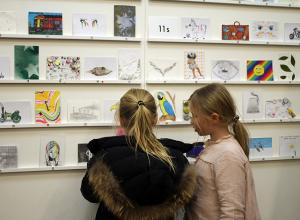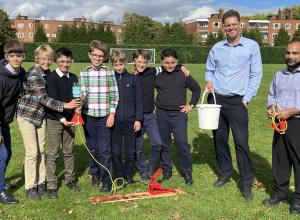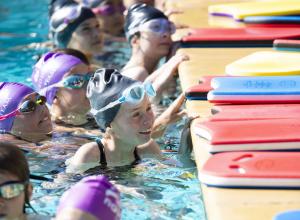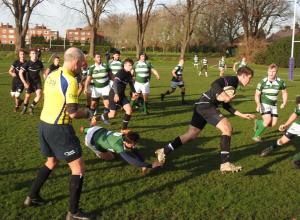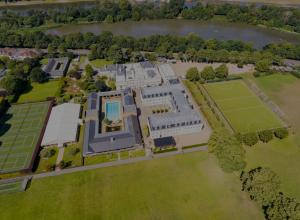
During October half-term, a group of 14s and 15s (Years 10–11) GCSE Geography pupils travelled to Iceland to experience the country’s natural features first-hand. From powerful waterfalls and black sand beaches to steaming geothermal pools and glaciers, the trip provided the perfect setting to study geography in action.
At Seljalandsfoss you can actually walk behind the water...we all got soaked, but no one cared because it was so completely breathtaking
Josh M (15s)

The group began their explorations at two of the country’s most famous waterfalls, Seljalandsfoss and Skógafoss, where spray filled the air and rainbows formed in the mist. “At Seljalandsfoss you can actually walk behind the water,” said Josh (15s). “We all got soaked, but no one cared because it was so completely breathtaking.”
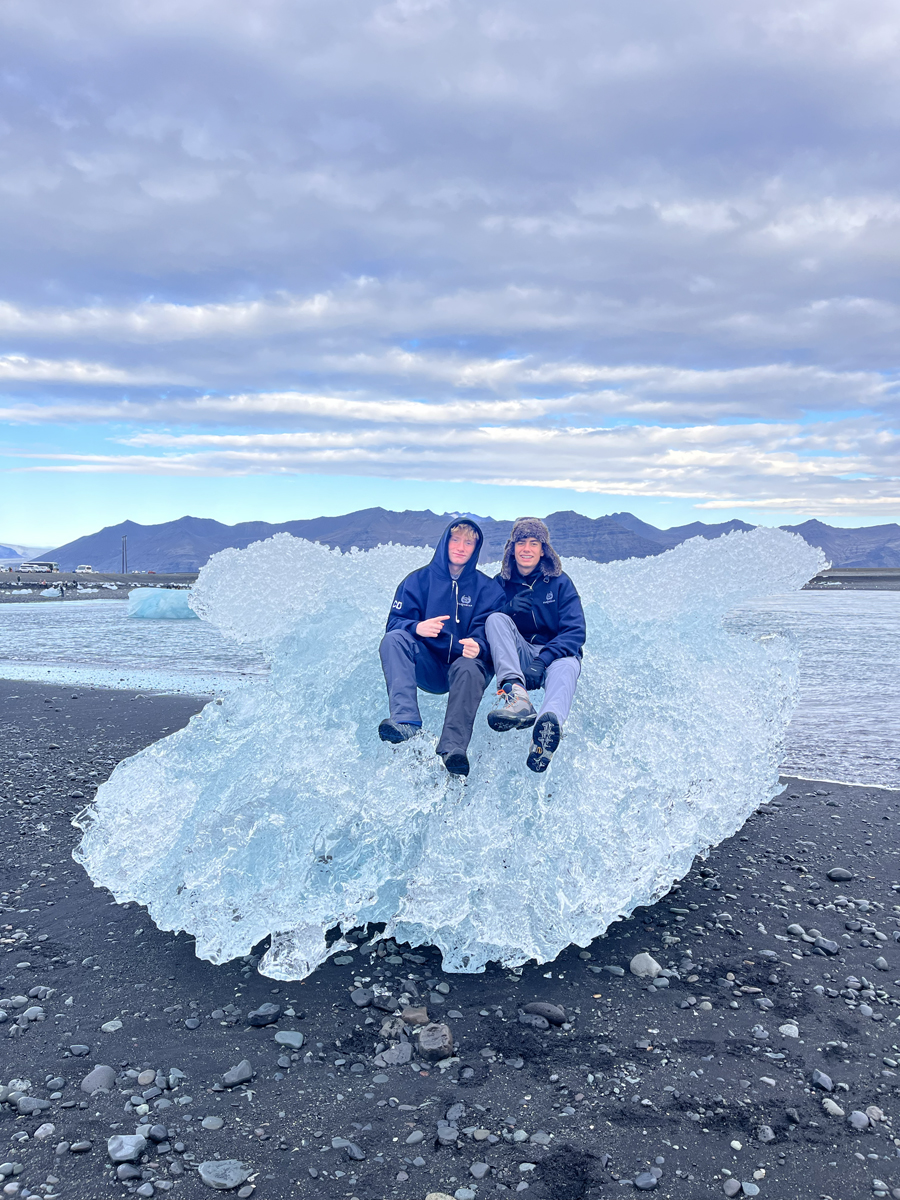
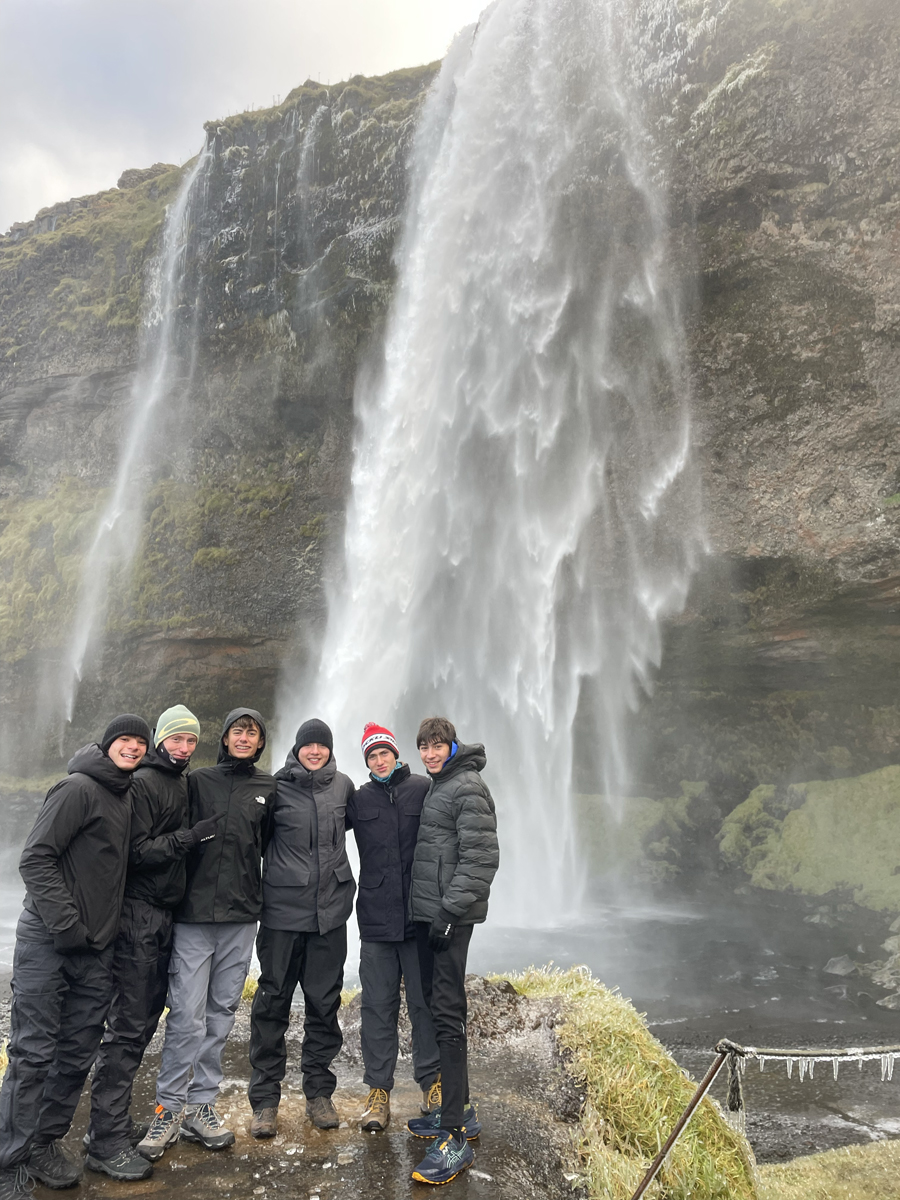
Afterwards pupils visited Sólheimajökull, where strong winds meant the glacier walk couldn’t go ahead, but they were still able to reach its base and take in the vastness of the landscape.
When lava cools quickly, it turns into glass. It was amazing to see that right in front of us at the Lava Show.
Vicky I (14s)
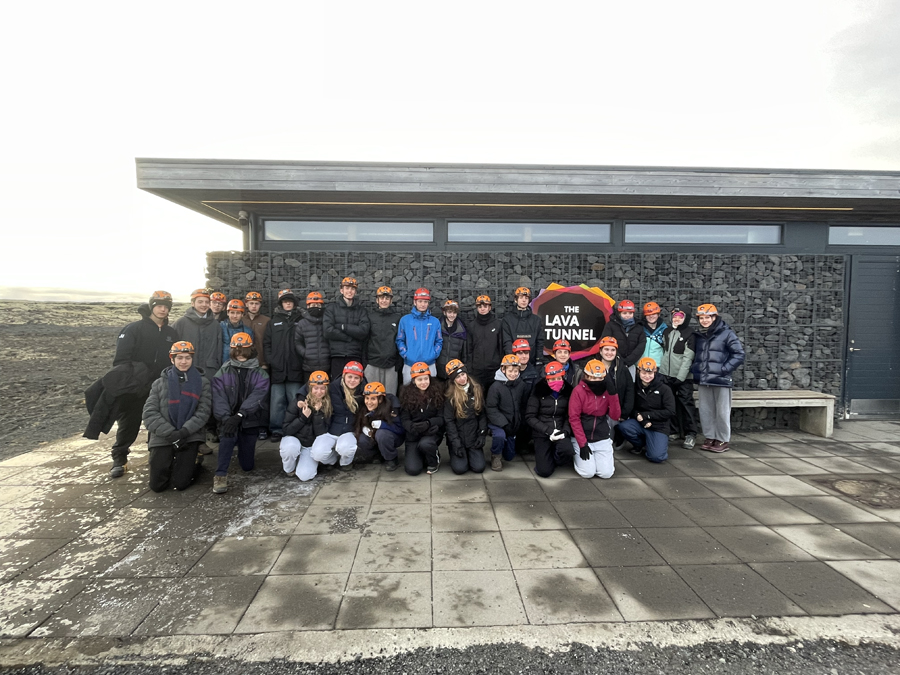
At the Icelandic Lava Show in Vík, pupils watched molten rock flow in front of them, learning how cooled lava forms volcanic glass. “Seeing the lava show was one of my favourite moments,” said Vicky (14s). “When lava cools quickly, it turns into glass. It was amazing to see that right in front of us.” They also explored lava tunnels, formed beneath the surface after eruptions, an experience Vicky described as “a one-of-a-kind moment.”
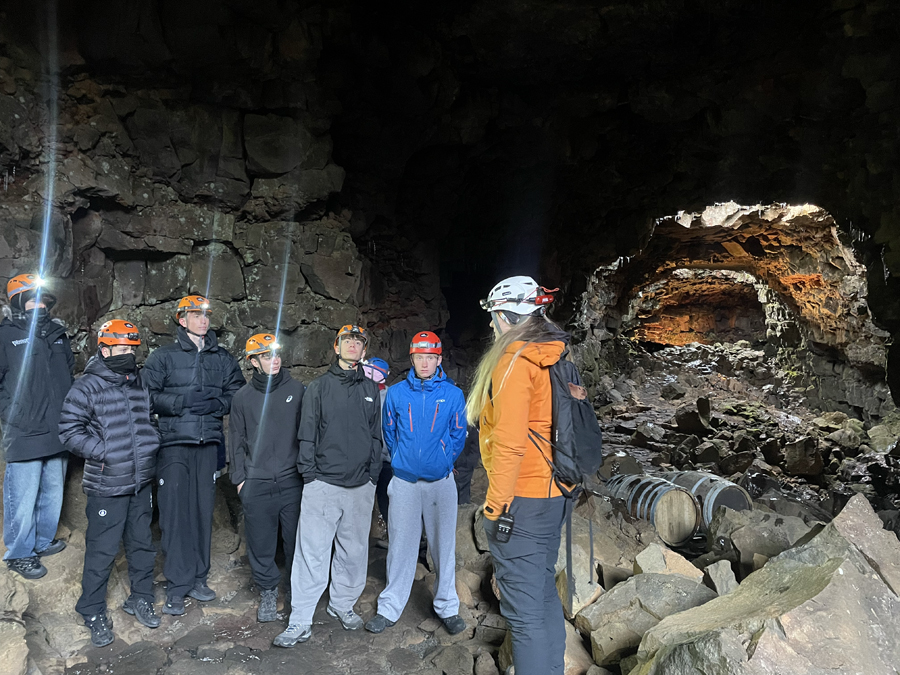
Day three took the group across Mýrdalssandur and Eldhraun, vast lava fields created by one of the largest eruptions in recorded history. The journey continued to Jökulsárlón Glacial Lagoon and the nearby Diamond Beach, where icebergs shimmered against black volcanic sand. “In all honesty,” said Josh, “the true scale of these icebergs and glaciers can’t really be translated into words.”

In all honesty, the true scale of the icebergs and glaciers can't really be translated into words.
Josh M (15s)
The final days focused on Iceland’s geothermal wonders. Pupils swam in the Secret Lagoon and Blue Lagoon, watched geysers erupt at Geysir, and stood in awe of the power of Gullfoss waterfall. “The Blue Lagoon most certainly lived up to its expectations,” said Edie (15s). “My favourite part was swimming around with a juice in one hand and a face mask in the other.”
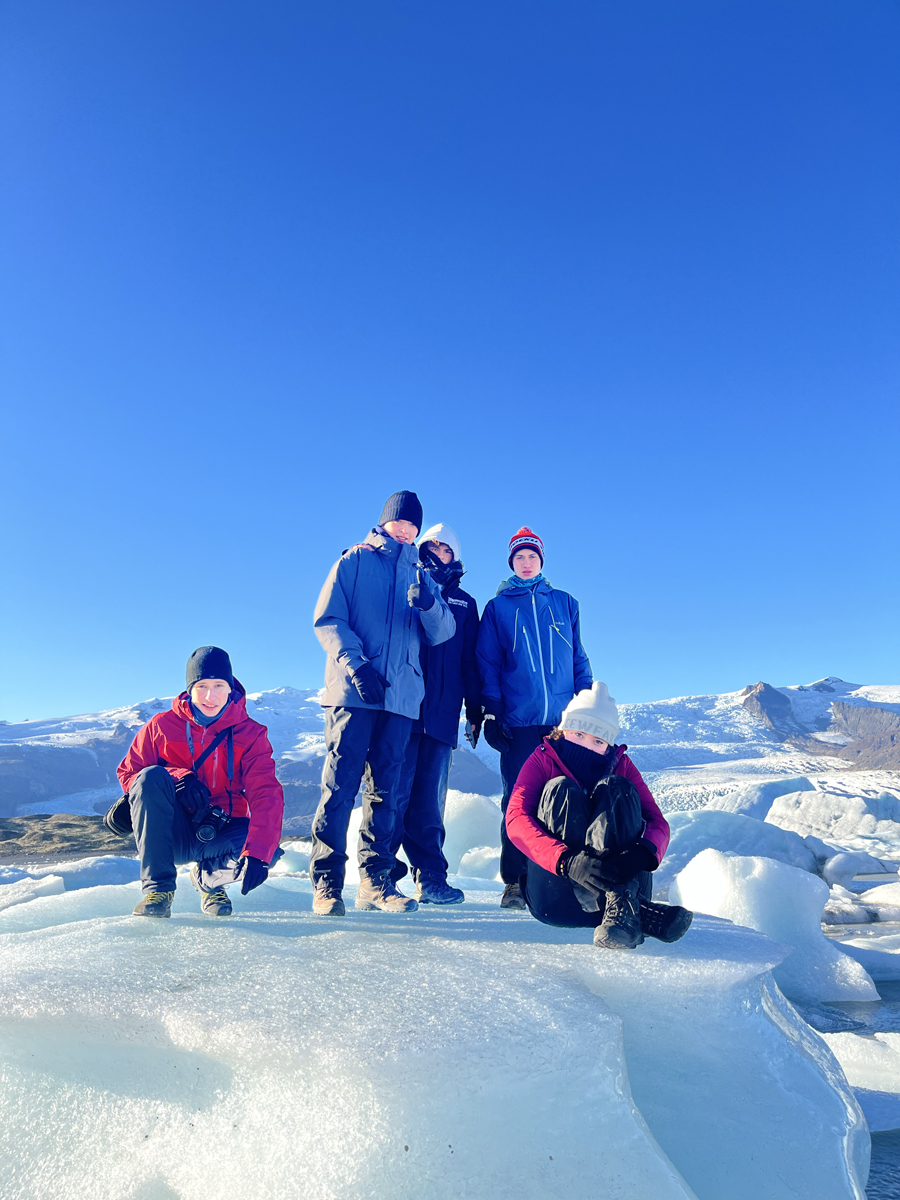
My favourite part was swimming around (the Blue Lagoon) with a juice in one hand and a face mask in the other
Edie R (15s)
A visit to Fridheimar, Iceland’s geothermal tomato farm, surprised many with its impressive size and productivity. “I was truly amazed that they produce 40% of Iceland’s tomatoes,” said Charlie (15s), who was also fascinated by how volcanic activity has shaped the island.
I was amazed that the tomato farm we visited produces 40% of Iceland's tomatoes.
Charlie D (15s)

Even the long coach journeys were memorable, thanks to breathtaking scenery and the group’s charismatic guide, Sven, who kept everyone entertained with stories, facts and the occasional song. “We laughed non-stop and took an uncountable amount of photos,” said Edie. “Apparently Iceland is too photogenic for 100GB of storage!”
Apparently Iceland is too photogenic for 100GB of phone storage!
Edie R (15s)
To see more photos
By the end of the week, pupils had seen glacial, volcanic and geothermal forces at work, bringing their classroom geography to life. “Learning about natural processes in the classroom is one thing,” reflected Josh, “but witnessing them in person is entirely different.”
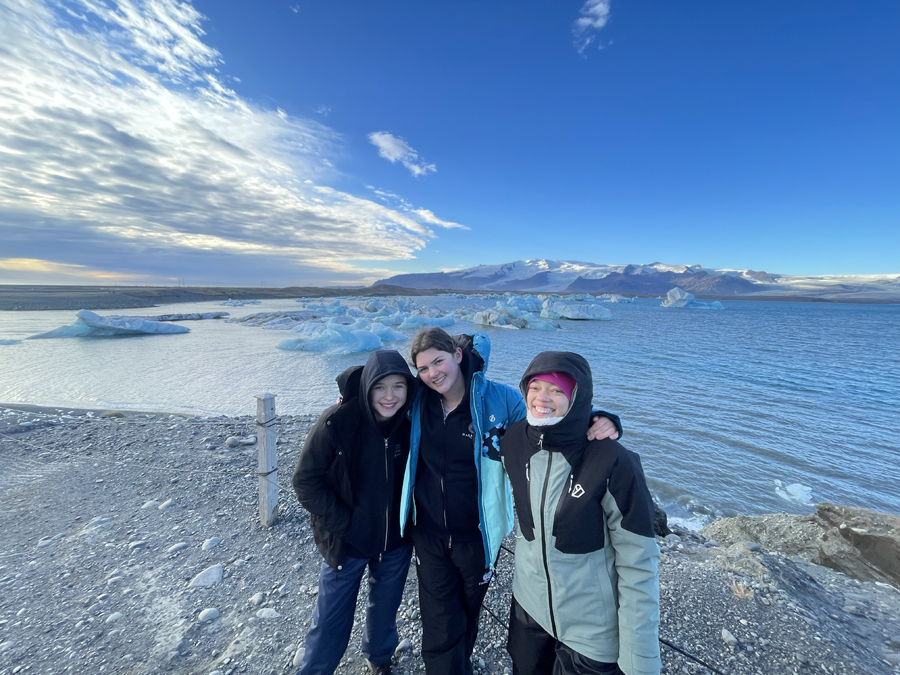
Learning about natural processes in the classroom is one thing but witnessing them in person is entirely different
Josh M (15s)
Our thanks go to Head of Geography Mrs Kerry Shaw and her team of staff for accompanying the pupils and helping make this fantastic trip possible.


